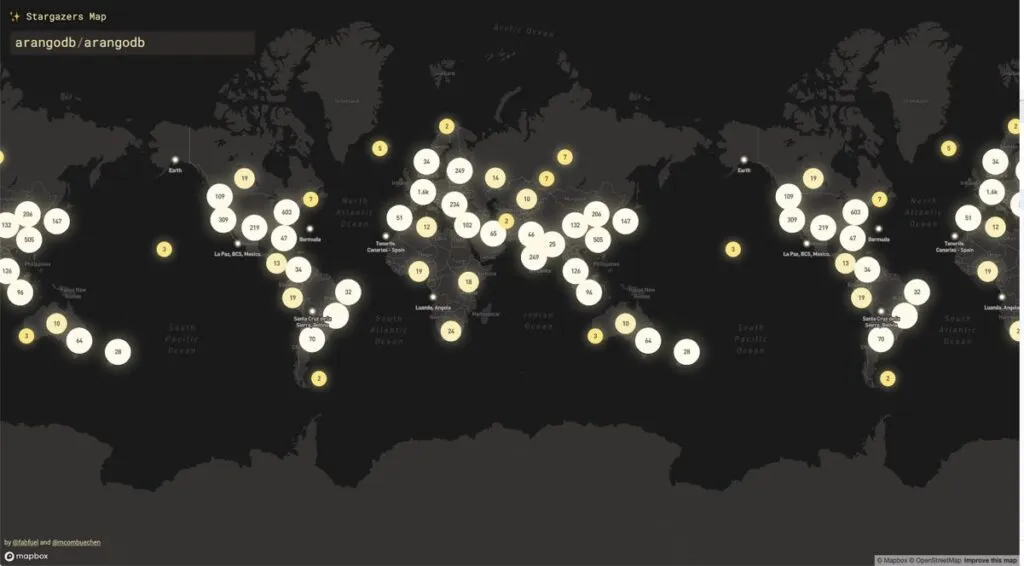What is a Graph Database?
Estimated reading time: 10 minutes
Introduction
Graphs occur everywhere in everyday life: your network of friends, the network of roads you drive on, and the supply chain of factories, ships, and roads that brought you the device you’re reading this on. While it might be easy to connect the dots on how most things can be shown as a graph, what makes a database a graph database? That is the question you will have the answer to in this blog post, but to put it simply: a graph consists of nodes, edges, and properties representing the relationships within data.
In this article, we will discuss:
- What is a graph?
- What is a graph database?
- Different types of graph databases.
- Graph database use cases.
Who’s Who in Data Science
Estimated reading time: 10 minutes
Multiple data science personas participate in the daily operations of data logistics and intelligent business applications. Management and employees need to understand the big picture of data science to maximize collaboration efforts for these operations. This article will highlight the specialized roles and skillsets needed for the different data science tasks and the best tools to empower data-driven teams. You will come away from this article with a better understanding of how to support your own data science teams, and it is valuable for both managers and team members alike.
(more…)ArangoDB Assembles 10,000 GitHub Stargazers
Estimated reading time: 3 minutes

Today is a marvelous day for the ArangoDB project and the community behind it.
A couple of minutes ago, the 10,000th stargazer joined the project on GitHub, and we want to send a really big “Thank You!” to each and everyone of you for showing your support.
(more…)Is Multi-Model the Future of NoSQL? ArangoDB Insights
Here is a slideshare and recording of my talk about multi-model databases, presented in Santa Clara earlier this month.
Abstract: Recently a new breed of “multi-model” databases has emerged. They are a document store, a graph database and a key/value store combined in one program. Therefore they are able to cover a lot of use cases which otherwise would need multiple different database systems. This approach promises a boost to the idea of “polyglot persistence“, which has become very popular in recent years although it creates some friction in the form of data conversion and synchronisation between different systems. This is, because with a multi-model database one can enjoy the benefits of polyglot persistence without the disadvantages.
In this talk I will explain the motivation behind the multi-model approach, discuss its advantages and limitations, and will then risk to make some predictions about the NoSQL database market in five years time. (more…)
Graphs in data modeling
Max wrote an inspiring article about graphs in data modeling on Medium, packed with his own thoughts – “to sort out some things in my brain” (Max).
He asks and answers the question: Are graphs and graph databases useful in data modeling, and if so, for what and under which circumstances?
In his article, he goes all the way down from the theoretical approach of what is a graph? towards storing a graph in different storage models (RDBMS, document store and graph databases) to querying a graph and finally to his personal conclusion. (more…)
CAP, Google Spanner, & Survival: Eventual Consistency | ArangoDB
In Next gen NoSQL: The demise of eventual consistency a recent post on Gigaom FoundationDB founder Dave Rosenthal proclaims the demise of eventual consistency. He argues that Google Spanner “demonstrates the falsity of a trade-off between strong consistency and high availability”. In this article I show that Google Spanner does not disprove CAP, but rather chooses one of many possible compromises between total consistency and total availability. For organizations with a less potent infrastructure than Google other compromises might be more suitable, and therefore eventual consistency is still a very good idea, even for future generations of nosql databases.
Get the latest tutorials,
blog posts and news:
Thanks for subscribing! Please check your email for further instructions.
